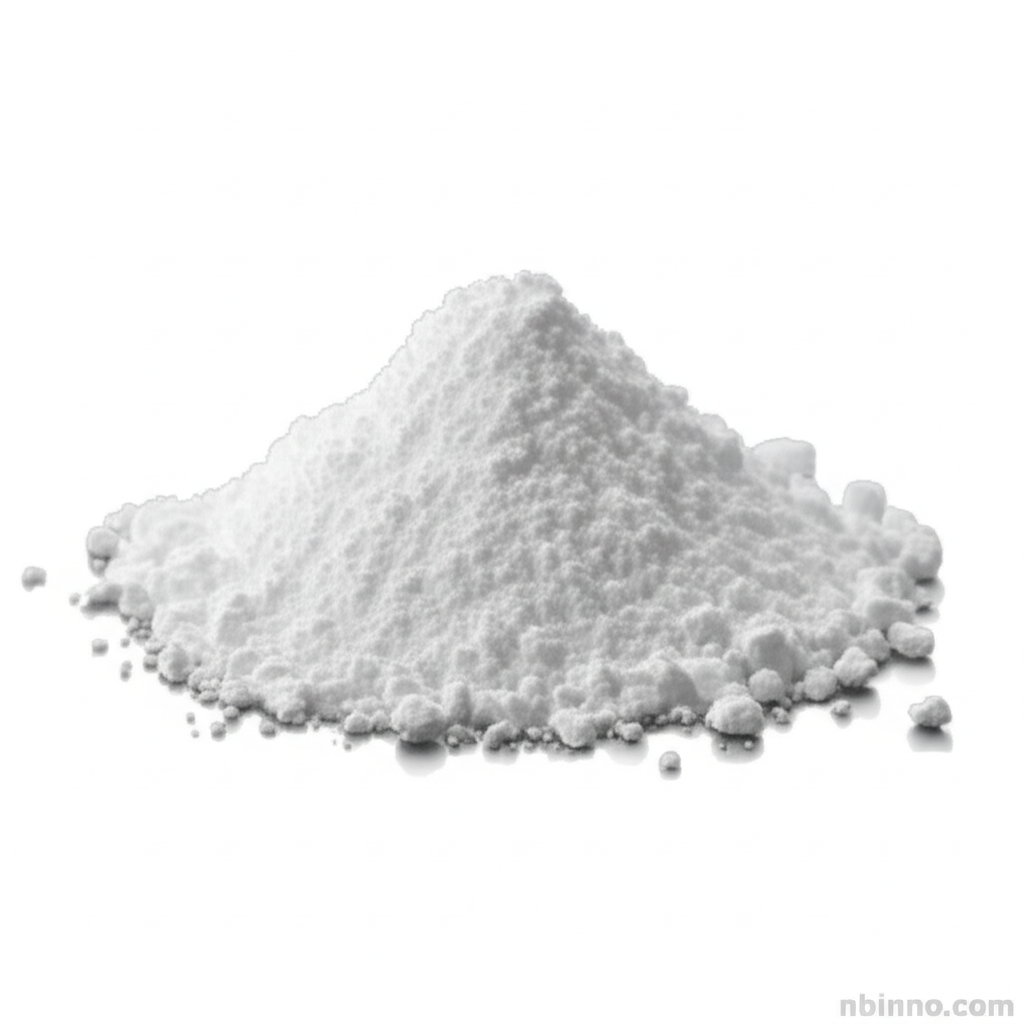Optimizing PVC Processing: The Role and Benefits of Lead Stabilizers
Explore the essential functions of lead stabilizers in PVC, their historical significance, and the move towards sustainable alternatives.
Get a Quote & SampleProduct Core Value

PVC Lead Stabilizer
Lead stabilizers are crucial additives in PVC manufacturing, significantly enhancing thermal stability and processing performance. They function by preventing the degradation of PVC due to heat and light exposure, thereby extending the lifespan and maintaining the integrity of the final products.
- Leveraging the benefits of lead stabilizers in PVC ensures superior thermal stability for demanding applications.
- Understanding the transition to calcium-zinc stabilizers is key for manufacturers seeking environmentally friendlier options.
- The health risks of lead stabilizers necessitate careful handling and a move towards compliant alternatives.
- Exploring PVC processing performance improvement reveals the indispensable role of effective stabilization.
Advantages Offered
Enhanced Thermal Stability
Lead stabilizers provide excellent heat resistance, crucial for processing PVC at high temperatures without degradation. This is vital for achieving the desired outcomes in PVC manufacturing.
Improved Processing Performance
These stabilizers offer good lubricating properties, facilitating smoother processing and reducing friction. This contributes to efficient production cycles and better final product quality, a key aspect of PVC processing performance improvement.
Cost-Effectiveness (Historically)
Historically, lead stabilizers were a cost-effective solution for PVC stabilization, offering a balance of performance and price that drove their widespread adoption in various industries.
Key Applications
PVC Piping
In the production of PVC pipes, lead stabilizers ensure durability and resistance to harsh environmental conditions, a critical factor for reliable infrastructure. This is a key area where benefits of lead stabilizers in PVC are evident.
Cable Sheathing
For cable sheathing, their excellent electrical insulation properties are paramount, ensuring safety and performance in electrical applications, highlighting the importance of PVC thermal stability enhancement.
Profiles and Fittings
Used in window frames, door frames, and other construction materials, lead stabilizers contribute to the longevity and weather resistance of these essential building components.
Construction Materials
Their application extends to various construction materials where durability and resistance to environmental factors are critical for long-term performance.
